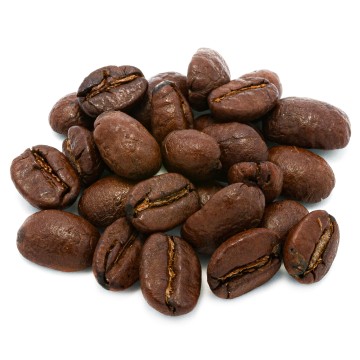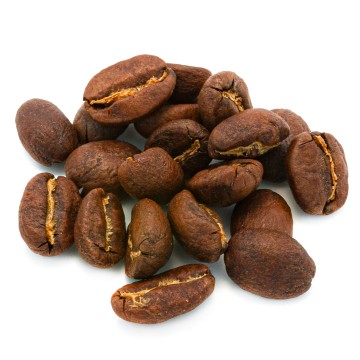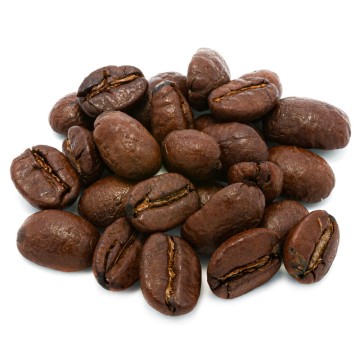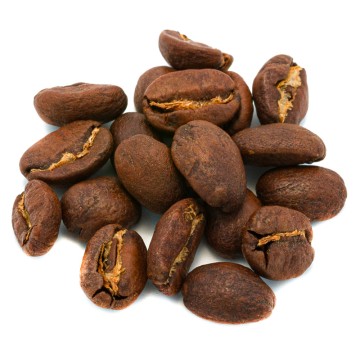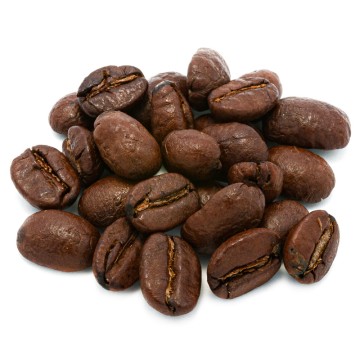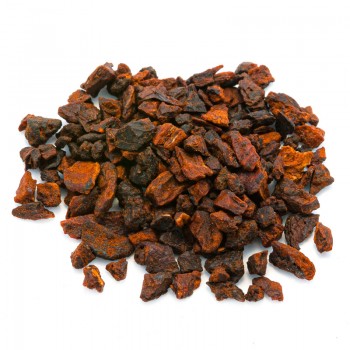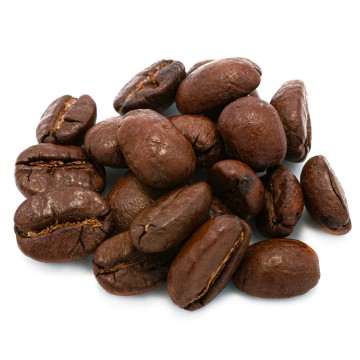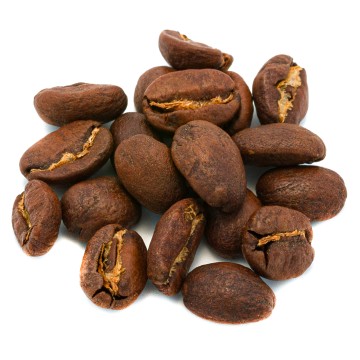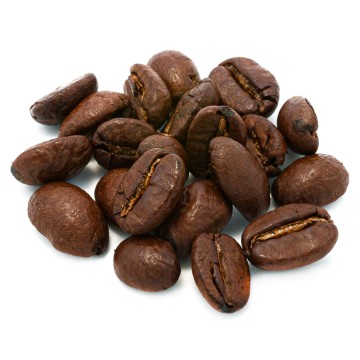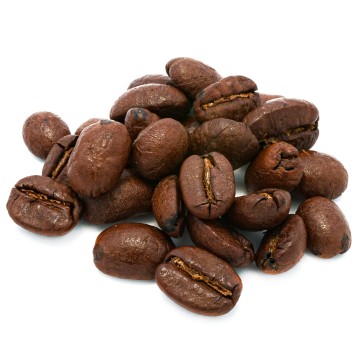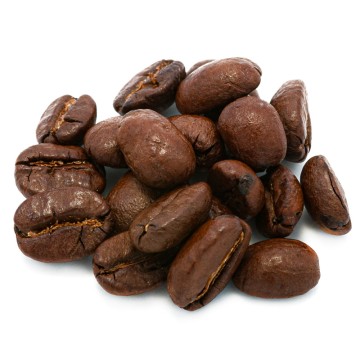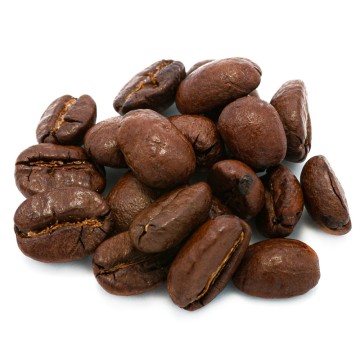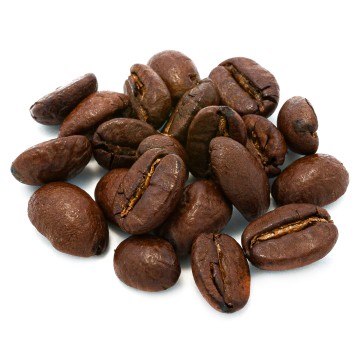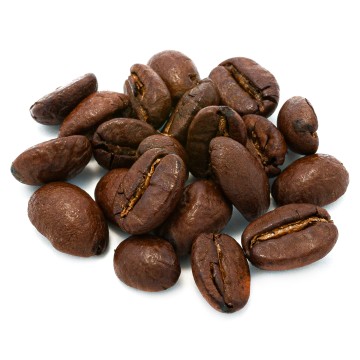This Brazilian coffee of the best quality is characterized by a sweet aftertaste and a slight hint of chocolate.
History of coffee production in Brazil
Currently Brazil is the world's largest producer of coffee, it has been since the fourth decade of the 1800s. The coffee plant (we should speak of plants, in fact it is obtained from some species of the Coffea genus of the Rubiaceae family, commercially if two of them exploit the Coffea canephora and the Coffea arabica) however it is not native to the Americas, it arrived there in the 1700s following European colonialism. There are various legends about how coffee was introduced in Brazil which was notoriously a Portuguese colony, all accounts agree that the first to bring coffee to the Americas were the French in the Caribbean around 1720. The Portuguese would have obtained the seeds somehow in French Guiana. According to a legend, a Portuguese sergeant would have obtained them from the wife of the French governor whom he had seduced and the same introduced coffee in the state of Parà (north-eastern Brazil) in 1727. In 1770 it was already widespread in the state of Rio de Janeiro but it remained a cultivation domestic use until the coffee boom driven by US and European demand early next century. In this first phase the coffee industry exploited the labor of slaves, after the abolition of slavery for the second coffee boom of the period from 1880 to 1930 it was based on the work of many African American ex-slaves who had remained and on the integration of the workforce made up of European immigrants. In the mid-nineteenth century, thanks to the development of the coffee industry, the city of São Paulo experienced a dizzying development that led it to become the largest in the country. In 1920, Brazil even held 100% of the world's coffee production. Although this share is gradually decreasing due to the emergence of new producers and other factors, it still remains today at one third of world production, making Brazil by far the leading producer.
The quality of Brazilian coffee
Most of the coffee production in Brazil concerns the highest quality variety, i.e. the Arabica which represents about 80% of the production, above all because it is the consumer market of the rich countries that pushes in this direction. In confirmation of what has been said, we can cite the data which say that only 4.26% of the production of Coffea canephora (also known as Robusta), the species from which the least valuable quality of coffee is obtained, is exported (data from 2009), while as much as 70% of the production of Coffea arabica is exported (data from 2007). As with wine and oil, the characteristics of coffee depend not only on the plant, but also on the environment in which it is grown, i.e. the soil and climate. In Brazil, crops benefit from the proximity of the highlands, there are also crops at high altitudes and, as a very old commercial stated, "taste gains with mountain coffee". But also the rain cycle which alternates periods of drought with periods of abundant rain favors the uniformity and quality of the crops because the characteristic of the coffee plant is to bloom every time there is rain. Brazilian coffee is highly appreciated for its persistent aroma and for the (relative) sweetness of the aftertaste and for its low acidity which distinguishes it, for example, from coffee grown in Africa. Not that acidity is always a bad thing in coffee, for example higher acidity will stimulate gastric juices aiding digestion.

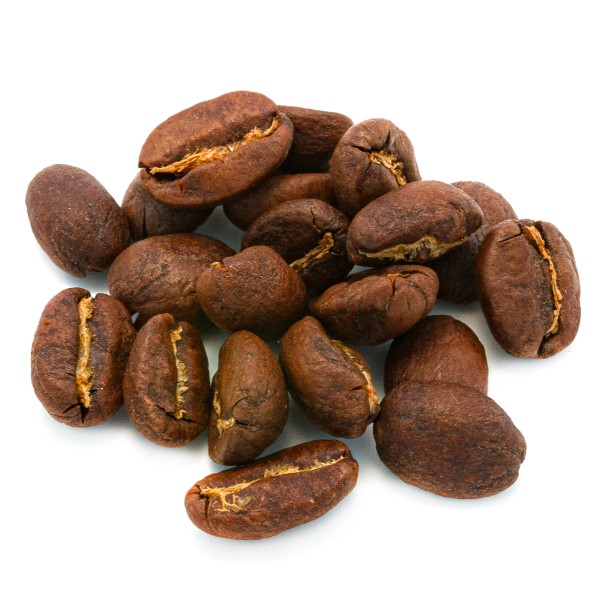

 No reward points for this product.
No reward points for this product.
